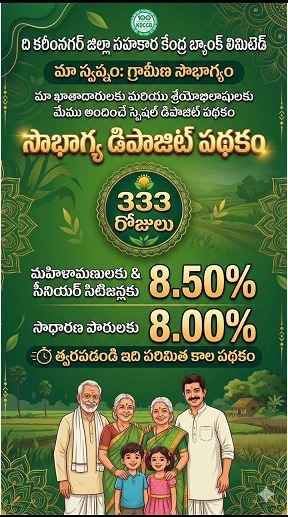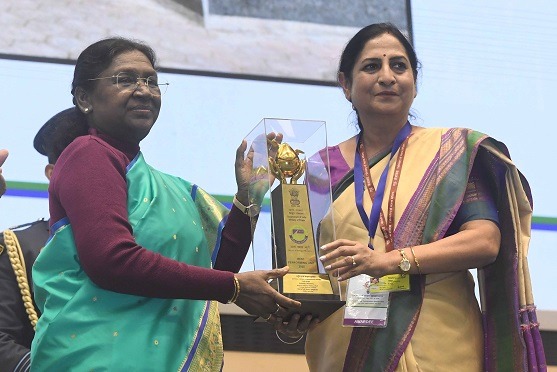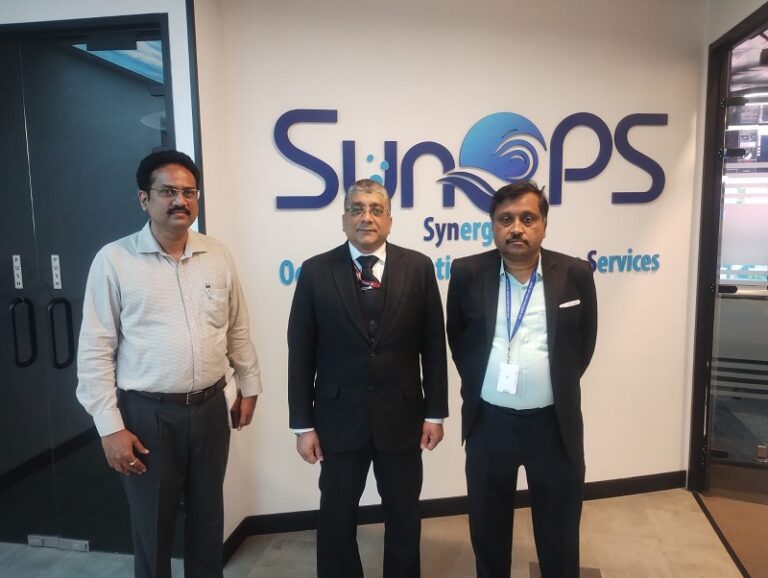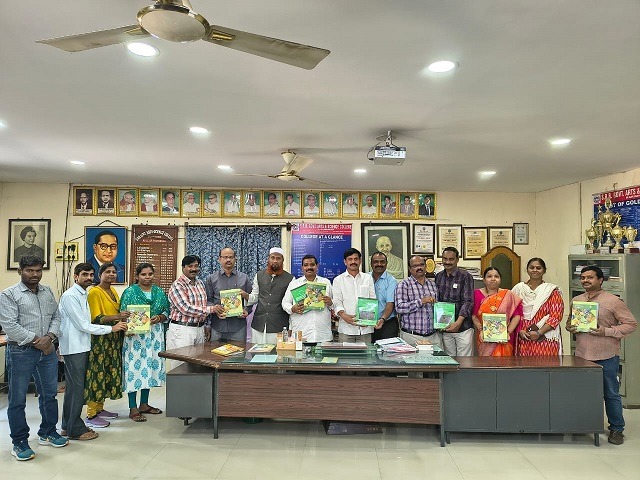

K M Dayashankar
It is anticipated the onset of monsoon season would be pushed to the end of June this year
HYDERABAD, JUNE 17, 2024: Based on current weather conditions, it is anticipate a delay in the onset of the monsoon this year 2024 in Telangana, Central India, and especially in Delhi.
The reason for the delayed monsoon is the negative anomaly of temperature over central and especially Northern parts of India from March to April, as shown on the map below. Thus, it will push the onset of the monsoon season to the end of June. Additionally, the dry spell in these regions during June will also contribute to the delay.
According to a 10-year Indo-German study, which clearly emphasized that with global warming the Monsoon is changing, breaking well-established “rules” of the phenomenon, becoming more and more erratic and unpredictable. Climate Change projections depend on global CO2-emission scenarios, best described by a high (A2, business as usual) and low (B2, global emission reduction from about 2035 on) global emission future. The level of certainty of climate system representations for Deccan region was assessed by their degree of consensus with 17 independent climate models (provided by the Inter-governmental Panel on Climate Change). In the following projections for the two most relevant climate variables impacting urban functions are explained:


In a post, former Vemulawada legislator and Advisor (agriculture) Chennamaneni Ramesh Babu, very strong monsoon rain events – more than 80mm/day, currently occurring once in two years – are the major cause of flooding. Independent of the emission scenario, we must prepare for a 60% increase in the frequency of these events until 2050. Extremely hot days – currently 1.2 days/year according to the IMD-definition – cause direct adverse health effects and a multitude of indirect impacts (accidents, labor slackening etc.). Compared to the average of days now, for the high-emission scenario (A2), we expect about 20 days until 2050 and 40 in 2100. While for the low-emission scenario (B1) the number with values of 8 and 13 days respectively are still a big challenge.
These outcomes stress the necessity for refining the criteria of monsoon onset, withdrawal definition accordingly. Climatological norms, which are a 30-year average of a weather variable, must be reconsidered in the context of climate change. In a warming World, severe storms and floods during monsoon retreat are becoming more frequent such as current ones in Telangana. A long-term forecast could help Government to do strategic planning, consolidate resources, and strengthen capacity to respond effectively to disasters.
It is crucial for farmers to have information about the timing of dry spells and the onset of the monsoon in their regions, as they occur at different times in different parts of India. Such forecasts help them choose the right time for planting their crops. The unique monsoon onset forecast can provide valuable insights that the government can leverage for strategic planning and disaster response.




